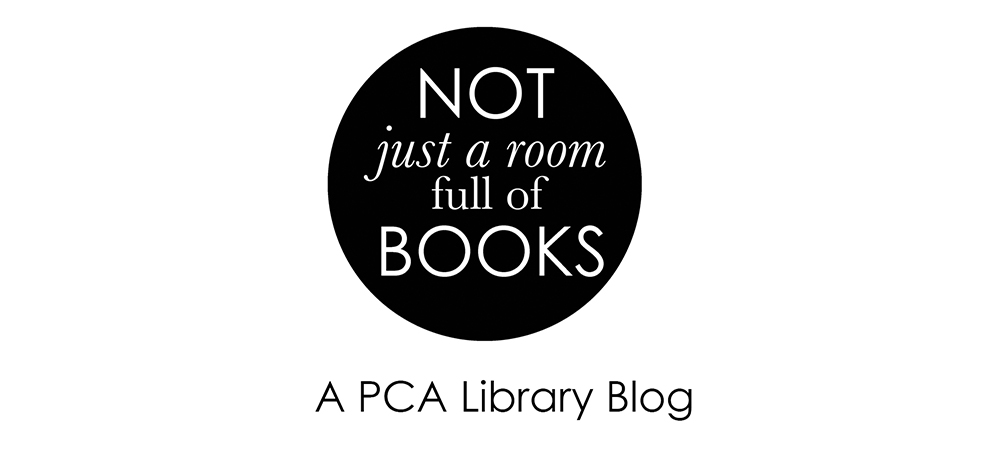The Class Mark Number 391 is one of the key areas of the Library for Students of Fashion. However, don't forget 646.4072 (Pattern Cutting), 746 (Textiles), 778.934 (Fashion Photography) or even 778.93026 (Hollywood Costume Glamour)
This book documents in pictures the most exciting and
diverse period in fashion: from 1900 to today, covering high society, uniforms,
sportswear, street-wear and couture. It will appeal to everyone with an interest
in fashion as well as students. The last hundred or so years bore witness to
the transformation of women's fashion. The restrictive corsetry of the early
twentieth century gave way to looser styles such as those made fashionable by
French fashion designer Paul Poiret. As women's lives changed dramatically under
the shadow of two World Wars, so the style of female dress was altered beyond
recognition. From home dressmaking to couture, from rationing to The New Look,
from the birth of the teenager to mass manufacture, from high society to
celebrity culture. Over 400 photographs and illustrations, many published for
the first time, tell the stylish story of a fashion revolution.
This book examines how sustainability has the potential to
transform both the fashion system and the innovators who work within it.
Sustainability is arguably the defining theme of the twenty-first century. The
issues in fashion are broad-ranging and include labour abuses, toxic chemicals
use and conspicuous consumption, giving rise to an undeniable tension between
fashion and sustainability. The book is organized in three parts. The first
part is concerned with transforming fashion products across the garment's
lifecycle and includes innovation in materials, manufacture, distribution, use
and re-use. The second part looks at ideas that are transforming the fashion
system at root into something more sustainable, including new business models
that reduce material throughput. The third section is concerned with
transforming the role of fashion designers and looks to examples where the
designer changes from a stylist or creator into a communicator, activist or
facilitator.
The Fashion Handbook is the indispensable guide to the
fashion industry. It explores the varied and
diverse aspects of the business,
bringing together critical concepts with practical information about the
industry’s structure and core skills, as well as offering advice on real
working practices and providing information about careers and training. Tracing the development of the fashion industry, this book
looks at how fashion can be understood from both social and cultural perspectives.
Each chapter contributes to the knowledge of a particular academic or
vocational area either through building on existing research or through the
dissemination of new research undertaken into specialist vocational
disciplines.
The Fashion Handbook uses case studies, interviews and
profiles and includes chapters written by recognised academics and fashion
industry experts. Specialist topics include fashion culture, luxury brands,
fashion journalism, fashion buying, design and manufacturing, retailing, PR and
styling.
The Fashion Handbook includes:
• a unique and wide overview of the fashion industry
• chapters on specialist topics
• contributions from recognised experts in both academia and
the fashion industry
• expert advice on careers in fashion retailing.
A must for all students of the fashion world.
Fashion designers in the spotlight. Current trends and
tastes. Compiled by the style-savvy staff of the seminal monthly
"i-D", "Fashion Now" highlights the work of over 90
designers around the globe, focusing on not only the biggest names but also the
most exciting new talent. A to Z designer entries include exclusive interviews,
biographical information, photos of recent designs by today's leading photographers,
and current catwalk shots.
 Although it is appealing to think that fashion has taken a
sharp turn away from conventions established in the industry over the past
century and more, is this really the case? Or are 'pioneering' designs simply
part of a cyclical revival of forgotten fashions? Looking at some of the most
influential designers of the twentieth century, Vinken considers the politics
and philosophies that have been the driving forces directing their sense of
style.
Although it is appealing to think that fashion has taken a
sharp turn away from conventions established in the industry over the past
century and more, is this really the case? Or are 'pioneering' designs simply
part of a cyclical revival of forgotten fashions? Looking at some of the most
influential designers of the twentieth century, Vinken considers the politics
and philosophies that have been the driving forces directing their sense of
style.
Vinken describes 'Fashion Zeitgeist' as a trend characterized
by representations of traces of the past. She considers the key concepts behind
designers such as Yamamoto, Gaultier, and Lagerfeld. The originality of
Yamamoto's multi-layered look stems from his philosophy that it is the
individual sum of experience that is important, not the collective consequences
of history. Martin Margiela, although he himself refuses to be photographed or appear
in the public eye, brings new individuality into fashion. Chanel, under the direction
of Karl Lagerfeld, is viewed as the only fashion house to have remained fresh
after 100 years, yet is this success essentially proof of the self-referential qualities
fashion has adopted? What inspired the fetish for labels at the end of the
twentieth century? Answering these questions and many more, this concise and
thought-provoking book shows how beauty, gender, sexuality, commerce and
dandyism have persisted in defining the fashion system.
Takes a fresh look at the fashion world and the people who
created and inspired it. Spanning almost 200 years, the entire industry is
represented; from clothing and footwear designers, to photographers, stylists,
icons and retailers, including the new category of educational institutions
that have been fundamental in the careers of many of the creative individuals.






No comments:
Post a Comment